As Dia do Trabalhador takes center stage, we embark on a journey to explore the rich history, cultural significance, and global impact of this momentous occasion. Join us as we delve into the origins, traditions, and the enduring legacy of Dia do Trabalhador, a day dedicated to honoring the contributions of workers worldwide.
Throughout history, Dia do Trabalhador has served as a powerful symbol of labor rights and social justice, inspiring movements and shaping policies that have improved the lives of countless individuals. From its humble beginnings to its present-day prominence, the holiday continues to resonate with workers and advocates alike, reminding us of the importance of fair wages, safe working conditions, and the dignity of labor.
Write a comprehensive historical account of Dia do Trabalhador, highlighting its origins, evolution, and the significant events and figures associated with it.
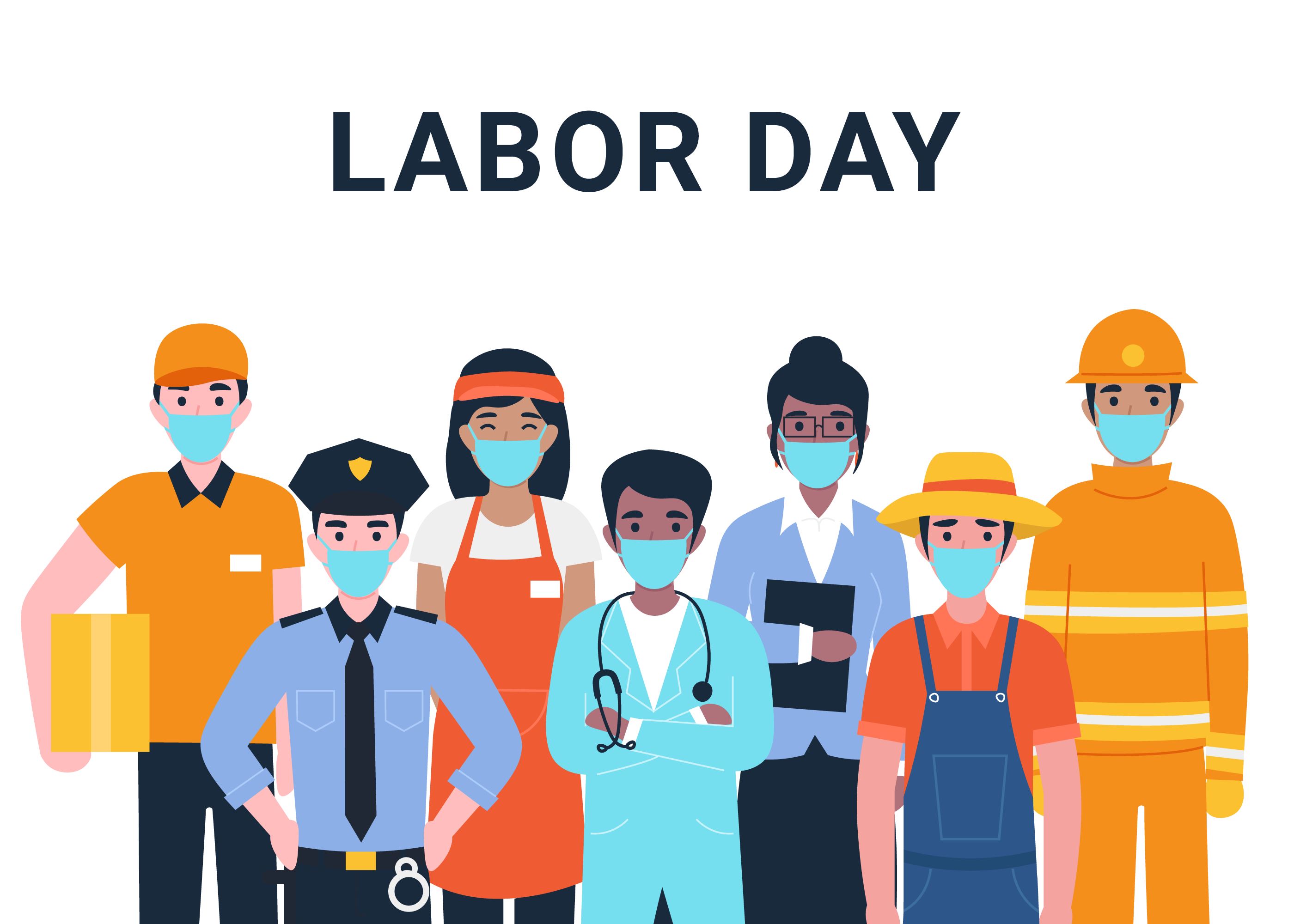
Dia do Trabalhador (Workers’ Day) is a national holiday in Brazil celebrated annually on May 1st. It commemorates the struggles and achievements of the Brazilian labor movement and recognizes the contributions of workers to the country’s development.
The origins of Dia do Trabalhador can be traced back to the late 19th century, when Brazil was undergoing rapid industrialization. During this period, workers faced harsh working conditions, low wages, and limited legal protections. In response, labor unions and workers’ organizations emerged to advocate for better rights and working conditions.
Key Events and Figures
One of the key events in the history of Dia do Trabalhador was the General Strike of 1917. Led by anarcho-syndicalist labor leader Edgard Leuenroth, the strike involved over 100,000 workers in São Paulo and Rio de Janeiro. The strike lasted for several days and resulted in significant concessions from the government, including the establishment of an eight-hour workday and the recognition of labor unions.
Another important figure associated with Dia do Trabalhador is Getúlio Vargas. Vargas, who served as president of Brazil from 1930 to 1945 and again from 1951 to 1954, implemented a number of labor reforms that improved the lives of Brazilian workers. These reforms included the creation of a minimum wage, social security benefits, and paid vacations.
Impact on Labor Rights and Working Conditions
Dia do Trabalhador has had a significant impact on labor rights and working conditions in Brazil. The holiday has helped to raise awareness of workers’ rights and has led to the implementation of important labor reforms. As a result, Brazilian workers now enjoy a range of benefits, including paid vacations, sick leave, and maternity leave.
Global Observance
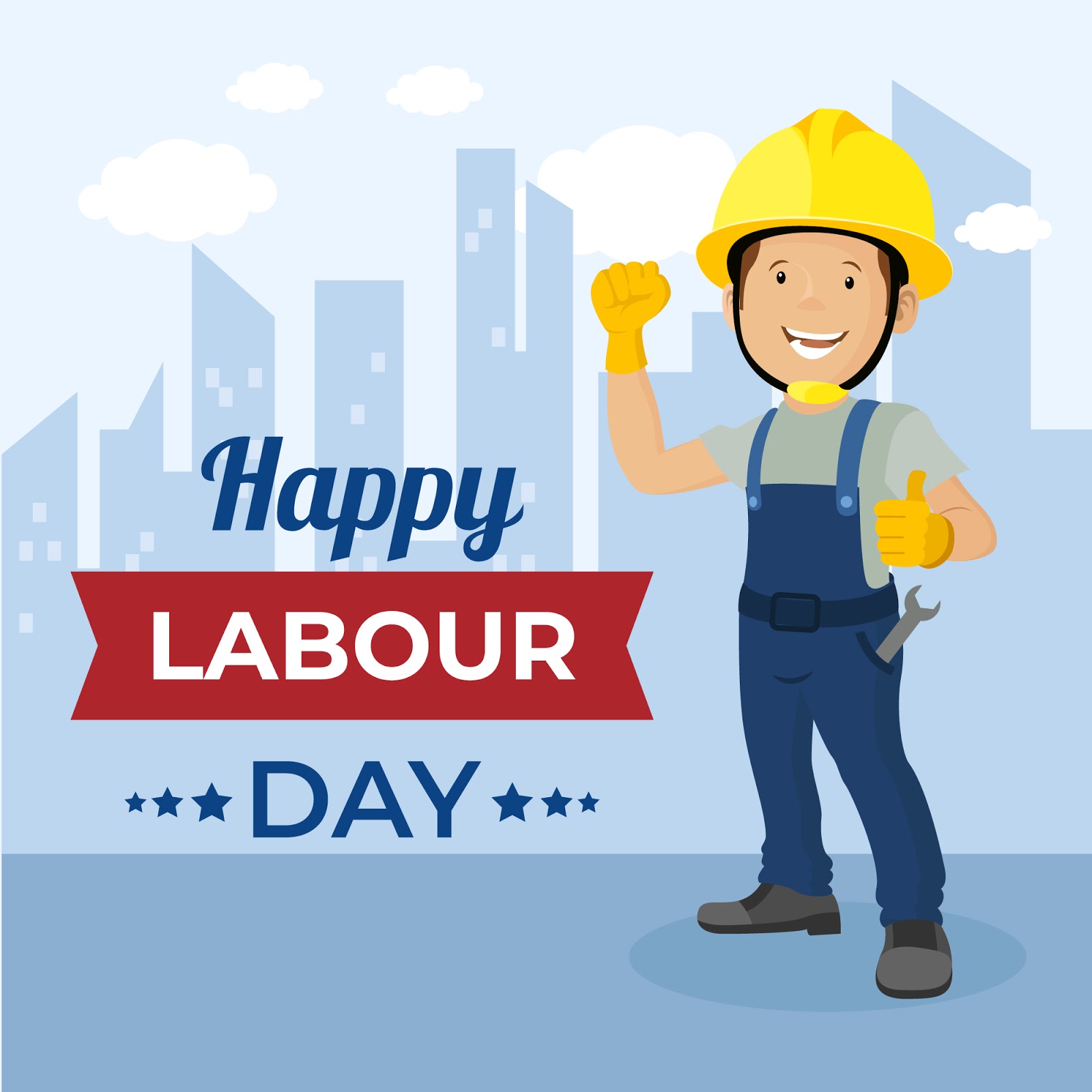
Dia do Trabalhador, also known as International Workers’ Day or Labour Day, is a global celebration held annually on May 1st to honor the contributions of workers and advocate for their rights.
The holiday has its roots in the labor movements of the 19th century, particularly in the United States and Europe. Over time, it has spread to many countries around the world, each with its own unique traditions and customs associated with the day.
Variations in Celebration
While the core message of Dia do Trabalhador remains the same across countries, the way it is celebrated can vary significantly. In some countries, it is a day of rest and relaxation, while in others, it is marked by parades, protests, and speeches.
In many countries, Dia do Trabalhador is a public holiday, giving workers a day off to celebrate. In some countries, such as Spain and France, it is a day of national pride, with large parades and festivals taking place in major cities.
In other countries, such as the United States and Canada, Dia do Trabalhador is not a public holiday. However, it is still celebrated by many labor unions and workers’ organizations, often with rallies and protests to highlight labor issues and advocate for workers’ rights.
Historical Significance
The historical origins of Dia do Trabalhador vary from country to country. In the United States, the holiday can be traced back to the Haymarket Affair of 1886, when a bomb exploded during a labor protest in Chicago, killing several people.
In Europe, the holiday has its roots in the labor movements of the late 19th century. In 1889, the Second International, a global organization of socialist and labor parties, designated May 1st as a day of international solidarity for workers.
Impact on Labor Rights
Dia do Trabalhador has played a significant role in the development of labor rights and social justice movements around the world. The holiday has been a catalyst for many important labor reforms, such as the establishment of the eight-hour workday and the right to collective bargaining.
Today, Dia do Trabalhador continues to be a day for workers to come together and celebrate their achievements, advocate for their rights, and build solidarity across borders.
Table of Key Differences and Similarities
The following table summarizes the key differences and similarities in the celebration of Dia do Trabalhador across countries:
| Country | Public Holiday | Parades | Protests | Speeches |
|---|---|---|---|---|
| Spain | Yes | Yes | Yes | Yes |
| France | Yes | Yes | Yes | Yes |
| United States | No | No | Yes | Yes |
| Canada | No | No | Yes | Yes |
Examples of Specific Events and Traditions
Some specific events and traditions associated with Dia do Trabalhador in different countries include:
- In Spain, the holiday is known as “El Dia del Trabajador” and is celebrated with large parades and festivals in major cities, such as Madrid and Barcelona.
- In France, the holiday is known as “La Fête du Travail” and is celebrated with parades, speeches, and concerts in Paris and other major cities.
- In the United States, the holiday is known as “Labor Day” and is celebrated with parades, picnics, and barbecues.
- In Canada, the holiday is known as “Labour Day” and is celebrated with parades, speeches, and fireworks.
Labor Rights and Protections: Dia Do Trabalhador
Dia do Trabalhador is a significant day in promoting labor rights and protections, highlighting the struggles and achievements of workers worldwide. It serves as a reminder of the importance of safeguarding the rights of those who contribute to the economic and social development of societies.
Throughout history, workers have faced challenges and injustices in the workplace, leading to organized movements and advocacy for better working conditions, fair wages, and job security. Dia do Trabalhador commemorates these struggles and recognizes the progress made in protecting workers’ rights.
Historical Struggles
The fight for workers’ rights has a long and arduous history. In the 19th and early 20th centuries, workers faced exploitation, unsafe working conditions, and low wages. The labor movement emerged as a response to these injustices, with workers organizing unions and advocating for change.
- Child Labor: Historically, children were often forced into labor, working in hazardous conditions for little pay. The labor movement played a crucial role in abolishing child labor and establishing minimum age requirements for employment.
- Unsafe Working Conditions: Industrialization brought about dangerous working conditions, leading to accidents, injuries, and occupational diseases. Labor unions pushed for safety regulations and improved workplace conditions.
- Fair Wages: Workers fought for fair wages that would provide a decent standard of living. Minimum wage laws and collective bargaining agreements were introduced to address wage disparities.
- Job Security: Workers faced job insecurity due to economic downturns and technological advancements. Labor unions negotiated for job protection measures, such as severance packages and unemployment benefits.
Ongoing Struggles
While significant progress has been made in protecting workers’ rights, challenges remain. Dia do Trabalhador serves as a reminder of the ongoing struggles for:
- Precarious Employment: The rise of the gig economy and temporary work arrangements has created precarious employment, with workers lacking job security, benefits, and fair wages.
- Income Inequality: The gap between the wealthy and the working class has widened in many countries, leading to concerns about economic inequality and social justice.
- Global Labor Exploitation: Globalization has brought about concerns about labor exploitation in developing countries, where workers may face substandard working conditions and human rights abuses.
- Climate Change: Climate change poses challenges for workers in industries such as agriculture, energy, and tourism, requiring adaptation and transition to sustainable practices.
Economic Impact
Dia do Trabalhador has a significant economic impact on businesses and industries. The holiday provides workers with a day off, which can lead to decreased productivity and output in some sectors. However, the holiday can also stimulate consumer spending, as many workers use the day off to make purchases.
Productivity and Output, Dia do Trabalhador
In industries that rely heavily on labor, such as manufacturing and construction, Dia do Trabalhador can cause a noticeable decline in productivity. This is because many workers take the day off, and those who do work may be less productive due to fatigue or distraction. The impact on output can be significant, especially in industries with tight production schedules.
Consumer Spending
On the other hand, Dia do Trabalhador can also boost consumer spending. Many workers use the day off to make purchases, either for themselves or for their families. This can lead to increased sales in retail, entertainment, and hospitality industries. The holiday can also provide a boost to the economy as a whole, as workers spend their wages on goods and services.
Social Impact
Dia do Trabalhador has a profound social impact on Brazilian communities and society, fostering solidarity, unity, and awareness of labor issues. It serves as a catalyst for promoting workers’ rights and improving labor conditions, leaving a lasting legacy on social and political movements.
Fostering Solidarity and Unity
- The holiday brings together workers from diverse backgrounds, fostering a sense of community and shared purpose.
- It encourages cooperation and collaboration among workers, strengthening labor unions and collective bargaining efforts.
- Dia do Trabalhador provides a platform for workers to voice their concerns and advocate for their rights.
Promoting Workers’ Rights
- The holiday serves as a reminder of the struggles and sacrifices made by workers throughout history.
- It highlights the importance of fair wages, safe working conditions, and social protection for all workers.
- Dia do Trabalhador has played a pivotal role in shaping labor laws and policies, ensuring workers’ rights are protected and enforced.
Impact on Social and Political Movements
- The holiday has been instrumental in mobilizing workers for social and political change.
- It has served as a catalyst for labor movements, political parties, and other organizations fighting for workers’ rights.
- Dia do Trabalhador has played a significant role in shaping Brazilian politics and social policies.
Cultural Significance
Dia do Trabalhador holds immense cultural significance in various societies worldwide. It serves as a testament to the struggles and achievements of the working class and embodies the values of solidarity, dignity, and economic justice.
Reflection in Art, Literature, and Music
Dia do Trabalhador has inspired numerous artistic expressions, capturing the essence of labor and its impact on human experience. Visual art often depicts scenes of workers in factories, fields, or construction sites, highlighting their strength, resilience, and determination.
Literature, too, has explored the themes of labor and social justice. Novels, poems, and plays have portrayed the lives of workers, their struggles for fair wages and working conditions, and their contributions to society.
Music has played a significant role in celebrating and advocating for workers’ rights. Labor unions and worker movements have used songs as anthems to rally support and inspire solidarity. Folk and protest songs have often chronicled the experiences of workers, giving voice to their hopes, aspirations, and demands.
Impact on National Identity and Social Cohesion
Dia do Trabalhador fosters a sense of national identity by recognizing the contributions of the working class to society. It promotes unity and social cohesion by bringing people together to celebrate the dignity of labor and advocate for social justice.
In many countries, Dia do Trabalhador is a day of rest and reflection, allowing workers to appreciate the fruits of their labor and connect with their fellow workers.
Role in Promoting Labor Rights and Social Justice
Dia do Trabalhador serves as a reminder of the ongoing struggle for labor rights and social justice. It provides a platform for workers to raise their voices, demand better working conditions, and advocate for fair treatment.
Unions and worker organizations use Dia do Trabalhador to mobilize workers, organize rallies, and negotiate with employers for improved wages, benefits, and working conditions.
Labor Market Trends
Dia do Trabalhador has had a profound impact on current labor market trends. The holiday has contributed to the rise of labor unions and worker protections, which have in turn shaped the way that work is organized and compensated.
One of the most significant trends in the labor market is the increasing demand for skilled workers. As technology advances, employers are looking for workers with the skills and knowledge to operate and maintain complex systems. This has led to a growing gap between the skills that workers have and the skills that employers need.
Another trend in the labor market is the rise of the gig economy. More and more workers are working as independent contractors or freelancers, rather than as traditional employees. This has given workers more flexibility and control over their work lives, but it has also made it more difficult for workers to access benefits such as health insurance and paid time off.
The changing nature of work has also had a significant impact on the labor market. As technology advances, many jobs are becoming automated or outsourced to other countries. This has led to a decline in manufacturing jobs and an increase in service-sector jobs.
The future of labor is uncertain, but it is clear that the labor market is changing rapidly. Workers who want to succeed in the future will need to be adaptable and willing to learn new skills. They will also need to be able to work independently and as part of a team.
Implications for the Future of Labor
The changing nature of work has a number of implications for the future of labor. First, it is likely that the demand for skilled workers will continue to grow. Second, the gig economy is likely to continue to expand, giving workers more flexibility but also making it more difficult for them to access benefits.
Third, it is likely that automation and outsourcing will continue to displace jobs in the manufacturing sector. Finally, it is likely that the future of work will be characterized by greater flexibility and adaptability.
– Investigate the potential impact of artificial intelligence (AI) and machine learning on the nature of work and employment in the context of Dia do Trabalhador.
The rapid advancements in AI and machine learning are poised to transform the workplace and the nature of work itself. These technologies have the potential to automate tasks, improve efficiency, and create new job opportunities. However, they also raise concerns about job displacement and the need for retraining and upskilling programs.
One of the key challenges facing the labor market is the displacement of jobs due to automation. As AI and machine learning become more sophisticated, they are increasingly able to perform tasks that were once thought to be the exclusive domain of human workers. This has led to concerns that widespread job losses could occur in the coming years.
To mitigate the potential negative impact of AI and machine learning on employment, it is essential to invest in retraining and upskilling programs. These programs can help workers to develop the skills needed to succeed in the new digital economy. Governments, educational institutions, and businesses must work together to ensure that workers have access to the training and resources they need to thrive in the future of work.
AI and machine learning also have the potential to create new job opportunities. As these technologies become more widely adopted, new industries and markets will emerge. This will create demand for workers with the skills to develop, deploy, and maintain AI systems.
Overall, the impact of AI and machine learning on the nature of work and employment is likely to be complex and multifaceted. While these technologies have the potential to create new job opportunities and improve efficiency, they also raise concerns about job displacement and the need for retraining and upskilling programs.
Globalization and Labor
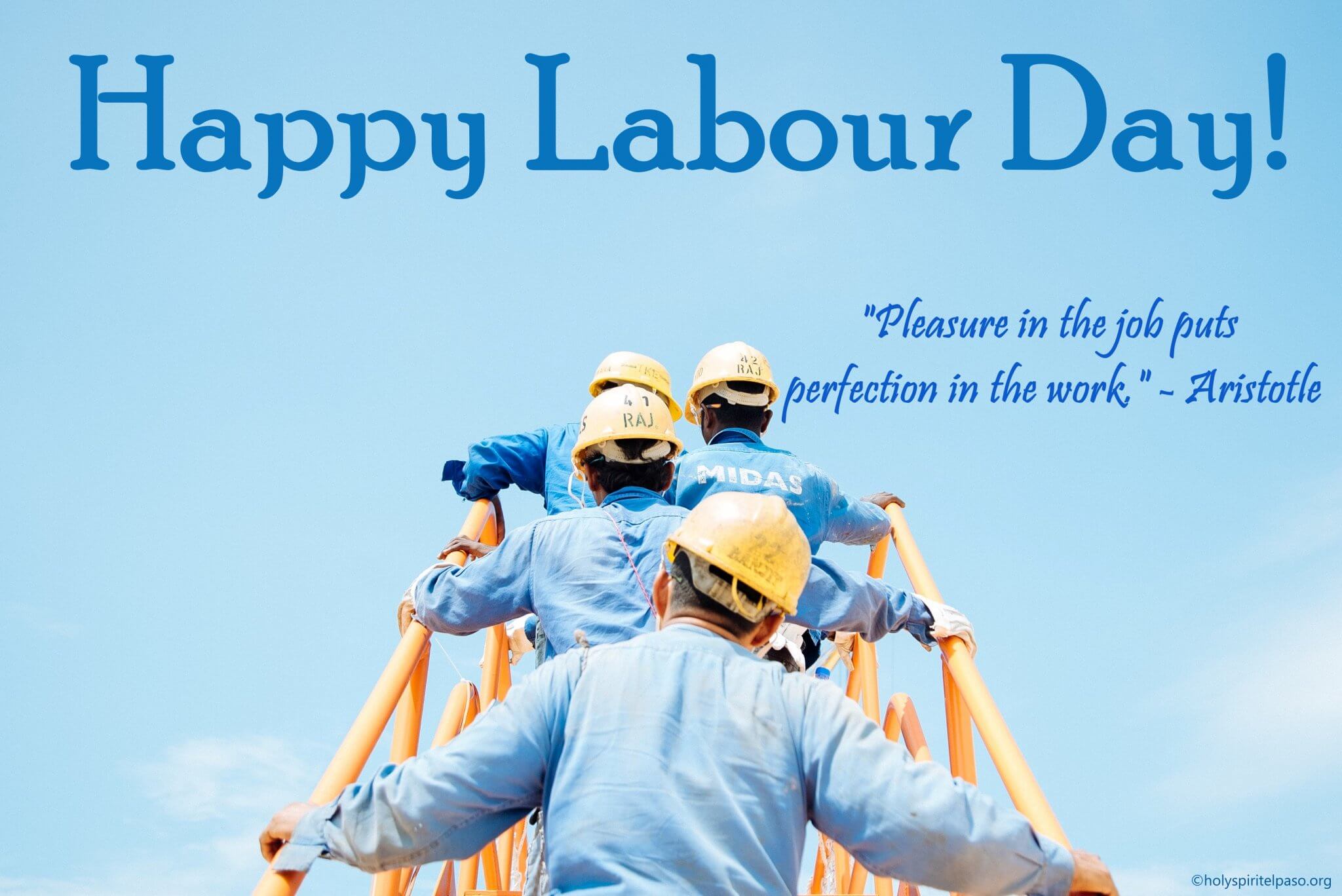
Globalization has profoundly impacted Dia do Trabalhador and the global labor market. The interconnectedness of the world economy has created both challenges and opportunities for workers.
Challenges
- Increased Competition: Globalization has intensified competition for jobs, as companies can now source labor from anywhere in the world. This has put downward pressure on wages and benefits for workers in developed countries.
- Job Displacement: Technological advancements and globalization have led to job displacement in certain industries, as companies automate tasks or move production to countries with lower labor costs.
- Exploitation: Globalization has also led to increased exploitation of workers in developing countries, where labor laws may be weak or poorly enforced.
Opportunities
- Access to New Markets: Globalization has opened up new markets for workers, allowing them to sell their skills and services to a global audience.
- Increased Job Diversity: Globalization has also led to increased job diversity, as companies establish operations in different countries and create new types of jobs.
- Improved Labor Standards: Globalization has also raised awareness of labor rights and standards, leading to improvements in working conditions for workers around the world.
Labor Unions and Organizations
Labor unions and organizations have played a pivotal role in promoting Dia do Trabalhador and advocating for workers’ rights. These entities represent the collective voice of workers, enabling them to negotiate better working conditions, wages, and benefits.
History and Impact of Labor Movements
Labor movements have a long and rich history, dating back to the Industrial Revolution. Workers faced harsh working conditions, low wages, and limited rights. Unions emerged as a means for workers to organize and demand improvements. Through strikes, protests, and collective bargaining, labor movements have achieved significant progress in protecting workers’ rights.
Specific Examples of Labor Unions and Organizations
Numerous labor unions and organizations have made significant contributions to the promotion of workers’ rights. These include:
– American Federation of Labor (AFL)
– Congress of Industrial Organizations (CIO)
– International Labour Organization (ILO)
– International Trade Union Confederation (ITUC)
These organizations have played a crucial role in establishing labor standards, promoting social justice, and ensuring workers’ voices are heard.
Challenges and Opportunities in the Modern Era
In the modern era, labor unions and organizations face both challenges and opportunities. Technological advancements, globalization, and changing economic policies have impacted the labor landscape. Unions must adapt to these changes while continuing to advocate for workers’ rights. Opportunities exist in building alliances with other organizations, embracing new technologies, and engaging with younger workers.
Education and Training
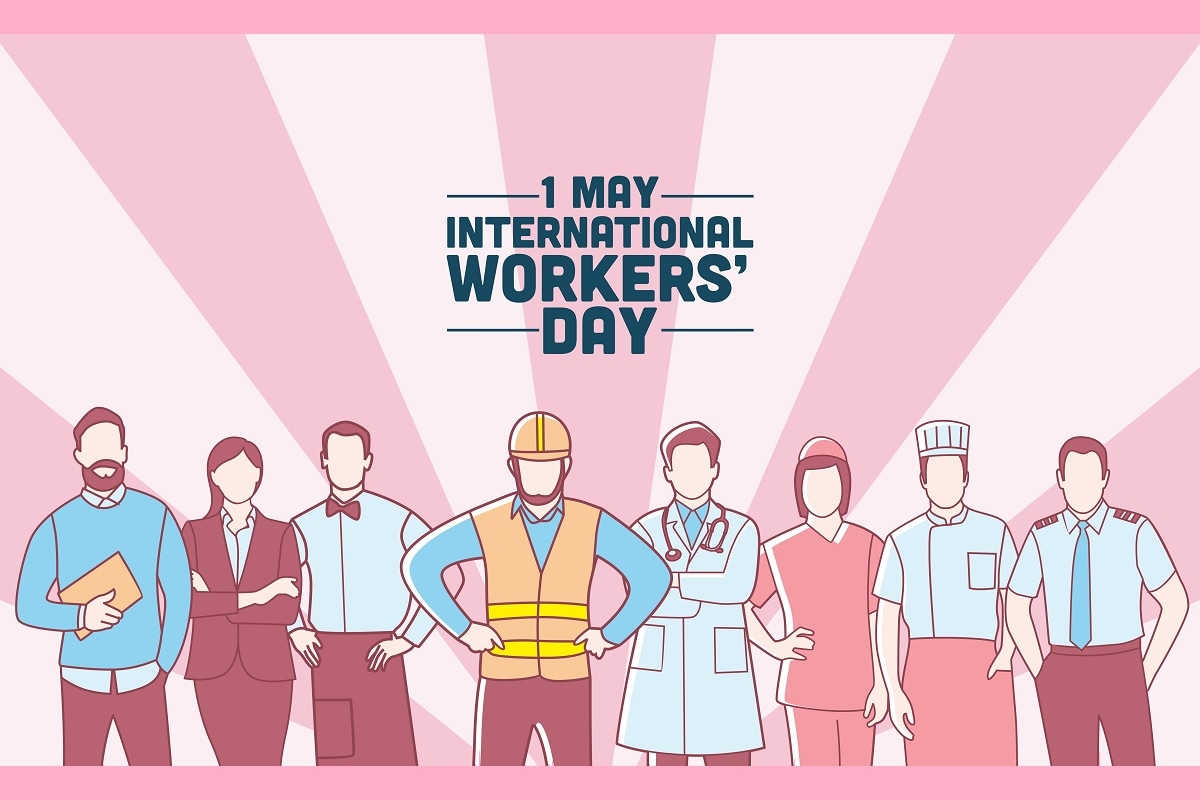
Education and training are fundamental to empowering workers and fostering a skilled and adaptable workforce. Dia do Trabalhador recognizes the importance of lifelong learning and promotes opportunities for workers to acquire and enhance their skills.
Vocational and Technical Education
Vocational and technical education programs provide individuals with practical skills and knowledge in specific trades and industries. These programs play a vital role in preparing workers for in-demand jobs and bridging the skills gap in the labor market.
Continuing Education and Training
Continuing education and training programs allow workers to stay up-to-date with industry trends and technological advancements. These programs offer opportunities for workers to enhance their skills, specialize in new areas, and advance their careers.
Apprenticeships and On-the-Job Training
Apprenticeships and on-the-job training programs combine theoretical instruction with practical experience, allowing workers to learn directly from experienced professionals in their field. These programs provide a structured path for skill acquisition and career development.
Sustainability and Labor
The pursuit of sustainability is deeply intertwined with the rights and well-being of workers. A sustainable labor market is one that balances economic growth with social equity and environmental protection.
Creating a sustainable labor market presents challenges, including:
- The transition to a low-carbon economy, which may lead to job displacement in certain industries.
- The need to address the social and economic impacts of climate change on workers.
- The protection of workers’ rights and health in hazardous industries.
However, this transition also presents opportunities for job creation in sustainable sectors, such as renewable energy and energy efficiency.
To create a sustainable and equitable labor market, it is essential to:
- Invest in education and training to prepare workers for the jobs of the future.
- Promote worker cooperatives and employee ownership models.
- Strengthen labor unions and other worker organizations.
- Establish social safety nets to protect workers from economic shocks.
- Enforce environmental regulations to protect workers’ health and safety.
By taking these steps, we can create a labor market that is both sustainable and equitable, ensuring a just and prosperous future for all workers.
Future of Work
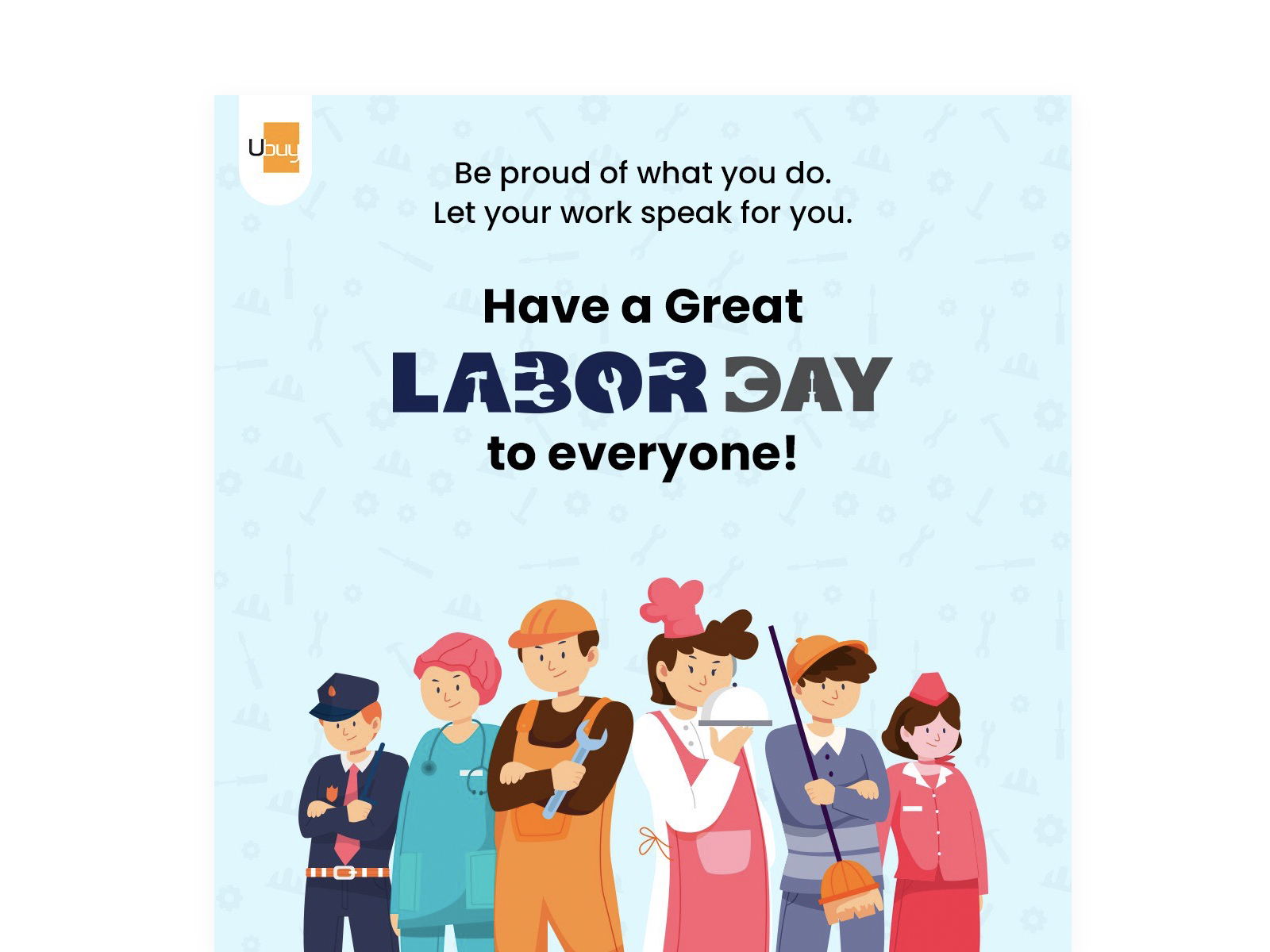
The future of work is uncertain, but it is clear that technology will play a major role. Automation and other technological advances are already changing the way we work, and this trend is likely to continue in the years to come.
Technology and the Future of Work
Technology is already having a major impact on the workplace. Automation is replacing jobs that were once done by humans, and artificial intelligence (AI) is being used to perform tasks that were once thought to be impossible for machines. This is leading to a shift in the skills that workers need to succeed.
In the future, it is likely that technology will continue to reshape the workplace. New technologies, such as virtual reality (VR) and augmented reality (AR), could create new jobs and industries. However, it is also possible that technology could lead to job losses and wage stagnation.
The Challenges and Opportunities of the Future of Work
The future of work presents both challenges and opportunities for workers and businesses. Workers will need to adapt to new technologies and develop new skills in order to stay competitive. Businesses will need to find ways to use technology to improve productivity and efficiency without displacing workers.
The future of work is uncertain, but it is clear that technology will play a major role. By understanding the challenges and opportunities that technology presents, workers and businesses can prepare for the future and thrive in the years to come.
Recommendations for Preparing for the Future of Work
There are a number of things that workers and businesses can do to prepare for the future of work. Workers should:
– Develop skills that are in demand in the new economy.
– Be open to new technologies and ways of working.
– Be lifelong learners.
Businesses should:
– Invest in technology that can improve productivity and efficiency.
– Provide training and support to workers so that they can adapt to new technologies.
– Be open to new ways of working.
End of Discussion
As we reflect on the significance of Dia do Trabalhador, let us reaffirm our commitment to upholding the rights of workers everywhere. May this day serve as a reminder of the struggles and triumphs of the past, and inspire us to continue working towards a future where all workers are treated with respect, dignity, and fair compensation.
FAQ Section
What is the significance of Dia do Trabalhador?
Dia do Trabalhador is a national holiday in Brazil that celebrates the contributions of workers and promotes labor rights.
When is Dia do Trabalhador celebrated?
Dia do Trabalhador is celebrated on May 1st in Brazil.
What are some of the traditions associated with Dia do Trabalhador?
Traditions associated with Dia do Trabalhador include parades, speeches, and barbecues.